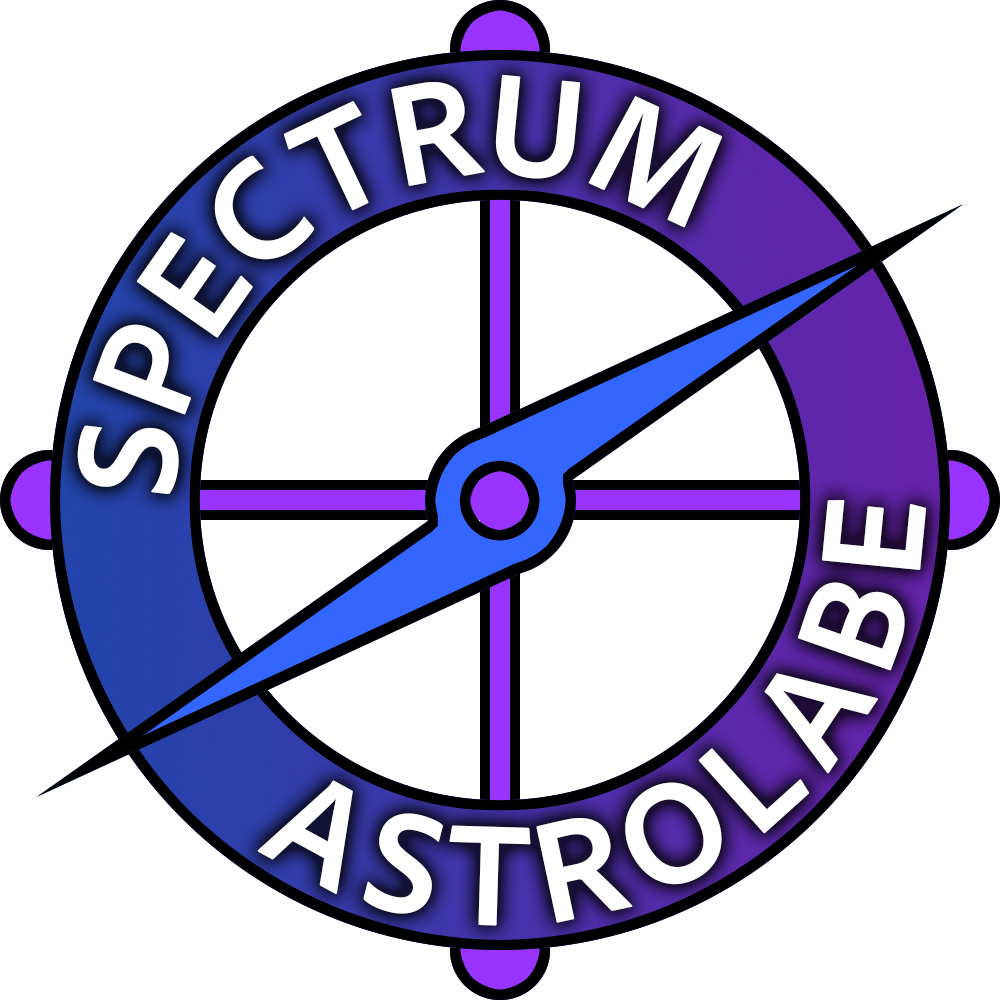It’s a story many of us have heard. Autism diagnoses have climbed steadily over the years, sparking concerns about an autism epidemic. However, a recent large-scale Swedish study invites us to reconsider what the numbers truly mean.
Official autism diagnoses nearly doubled between 1993 and 2002. Yet researchers found that autism-related traits, measured independently in a large twin cohort, stayed stable during the same period. More kids are receiving autism diagnoses, but the core behaviors linked to autism have not increased in the population.
Understanding the Rising Diagnosis Rates
What explains this gap? Christopher Gillberg, a leading autism researcher in Sweden, told Spectrum that “this study challenges the common notion of an autism epidemic and points instead to better recognition and labeling.” Changes in diagnostic criteria, increased public and clinical awareness, and greater access to evaluations likely explain the rise in diagnoses.
A Family’s Experience
Anna, mother of 12-year-old twins in Stockholm, shared how one child was diagnosed early due to noticeable social challenges, while the other was identified later during routine school assessments. “It felt like a lightbulb moment,” she said. “It’s not that more kids are autistic now, it’s that we’re simply becoming better at noticing and naming it.”
Implications for Neurodiversity
For the neurodiversity community, these findings encourage us to shift the conversation away from worrying about ever-increasing prevalence numbers. Instead, the focus should be on equitable access to timely support and fostering greater acceptance. Clinical psychologist Rebecca Stevenson noted, “This research offers an opportunity to improve services without fueling alarm about a growing epidemic.”
Key Takeaways for Readers
- Autism diagnoses in Sweden doubled over a decade while autism traits stayed steady
- Increased diagnoses reflect broader diagnostic criteria and improved awareness
- There is no evidence of a true rise in underlying autism traits
- Families experience widely varying diagnosis journeys and timing
- Our priorities should be meaningful support and acceptance rather than just statistics
This study reminds us that autism’s story is not just about numbers, but about how society recognizes and supports diverse minds. The rise in diagnoses is less an explosion of autism itself and more a sign that we’re finally learning to listen.
Sources
- Baxter, A. J., Brugha, T. S., Erskine, H. E., Scheurer, R. W., Vos, T., & Scott, J. G. (2015). The epidemiology and global burden of autism spectrum disorders. Psychological Medicine, 45(3), 601-613. https://doi.org/10.1017/S003329171400172X
- Bölte, S., Girdler, S., & Marschik, P. B. (2019). The contribution of the broader autism phenotype to the rise in autism diagnoses. Frontiers in Psychiatry, 10, 195. https://doi.org/10.3389/fpsyt.2019.00195
- Fombonne, E. (2020). Epidemiology of pervasive developmental disorders. Pediatric Research, 69, 70-76. https://doi.org/10.1203/PDR.0b013e3181e56eb8
- Gillberg, C., Fernell, E., & Minnis, H. (2022). Early diagnosis of autism and impact on prognosis: A narrative review. Child and Adolescent Psychiatry and Mental Health, 16, 23. https://doi.org/10.1186/s13034-022-00460-2
- Lundström, S., Reichenberg, A., Anckarsäter, H., Lichtenstein, P., & Gillberg, C. (2015). Autism phenotype versus registered diagnosis in Swedish children: Prevalence trends over 10 years in general population samples. BMJ, 350, h1961. https://doi.org/10.1136/bmj.h1961
- Spectrum News. (2023, March 15). More autism diagnoses but not more autistic traits, Swedish study finds. Spectrum News. https://www.spectrumnews.org/news/more-autism-diagnoses-but-not-more-autistic-traits-swedish-study-finds/
- The Transmitter. (2023). Rise in autism prevalence but not traits. The Transmitter. https://www.thetransmitter.org/spectrum/rise-in-autism-prevalence-but-not-traits-and-more/
- Masi, A., DeMayo, M. M., Glozier, N., Dale, R., Guastella, A. J. (2017). An overview of autism spectrum disorder, heterogeneity and treatment options. Neuroscience Bulletin, 33(2), 183-193. https://doi.org/10.1007/s12264-017-0100-y
- Tick, B., Bolton, P., Happé, F., Rutter, M., & Rijsdijk, F. (2016). Heritability of autism spectrum disorders: A meta-analysis of twin studies. Journal of Child Psychology and Psychiatry, 57(5), 585-595. https://doi.org/10.1111/jcpp.12499
- World Health Organization. (2022). Autism spectrum disorders: Key facts. https://www.who.int/news-room/fact-sheets/detail/autism-spectrum-disorders










